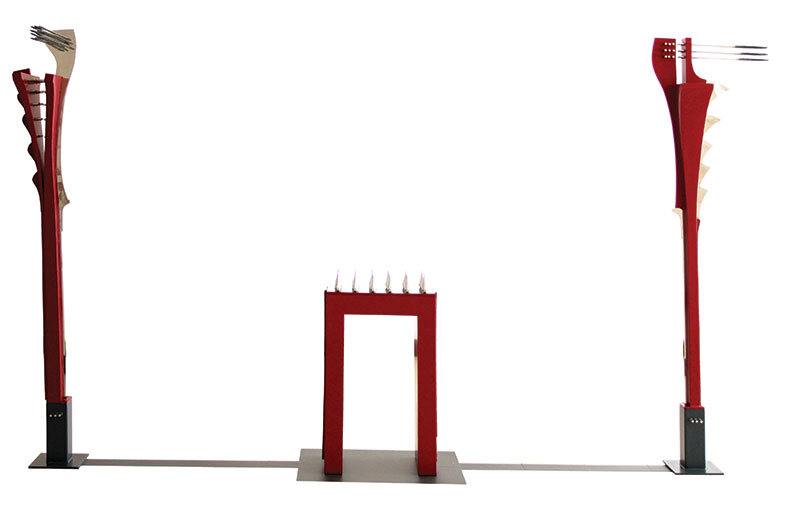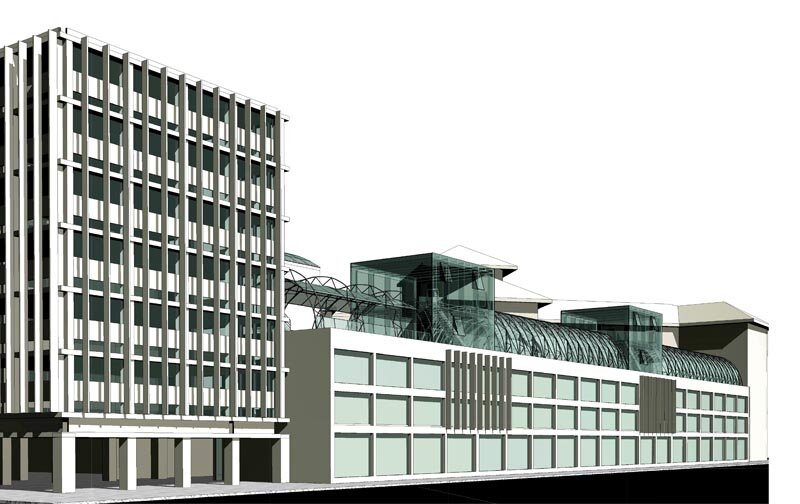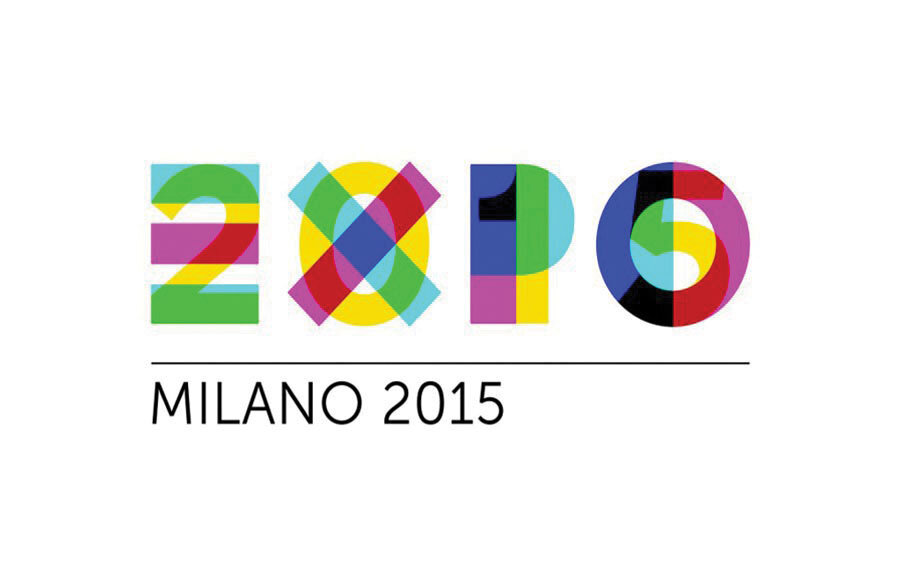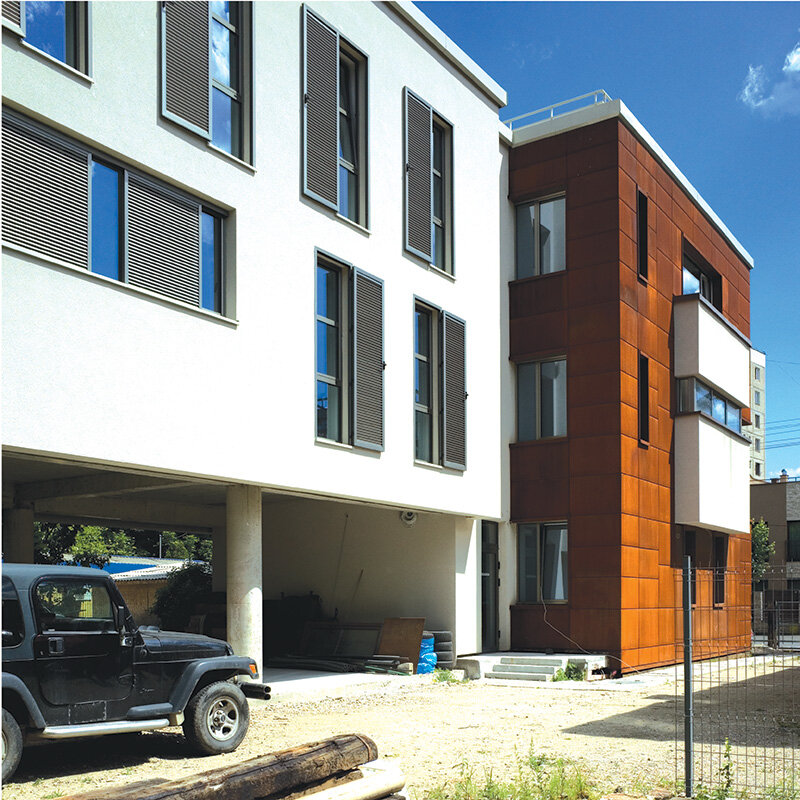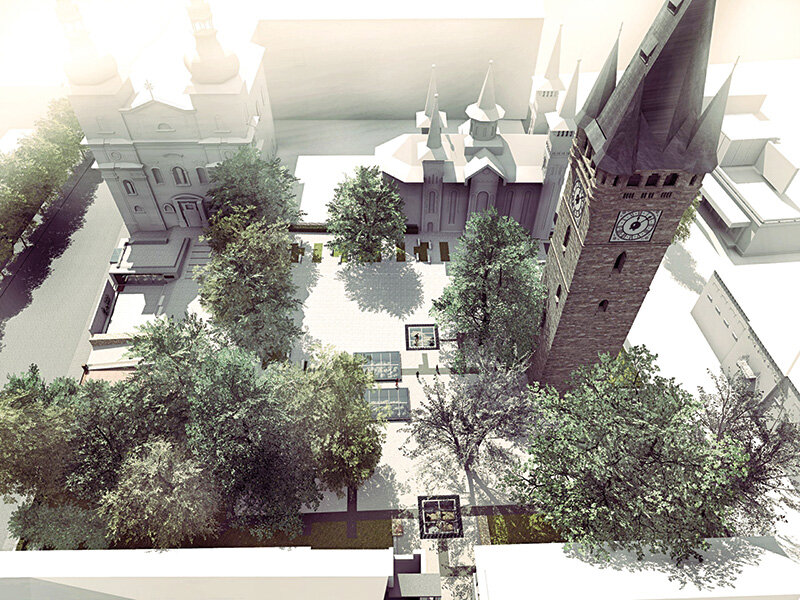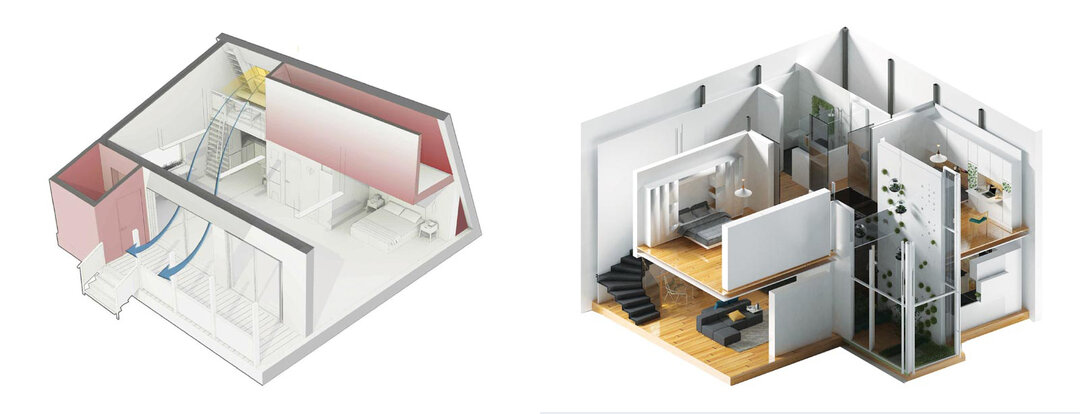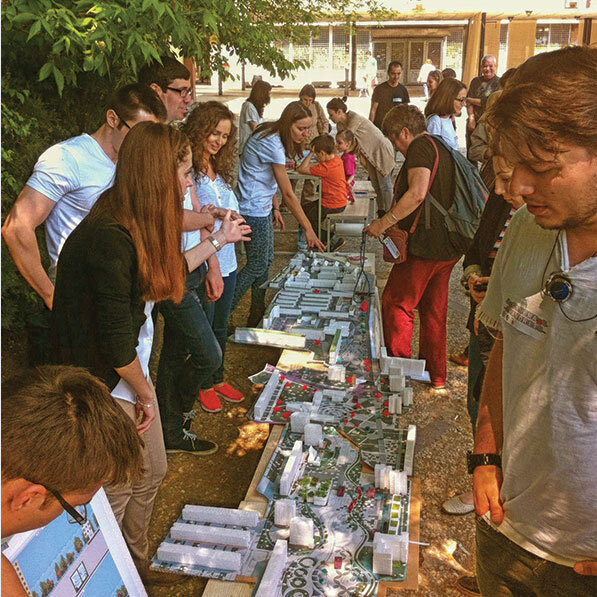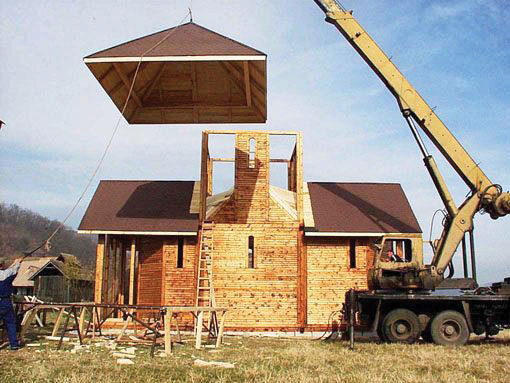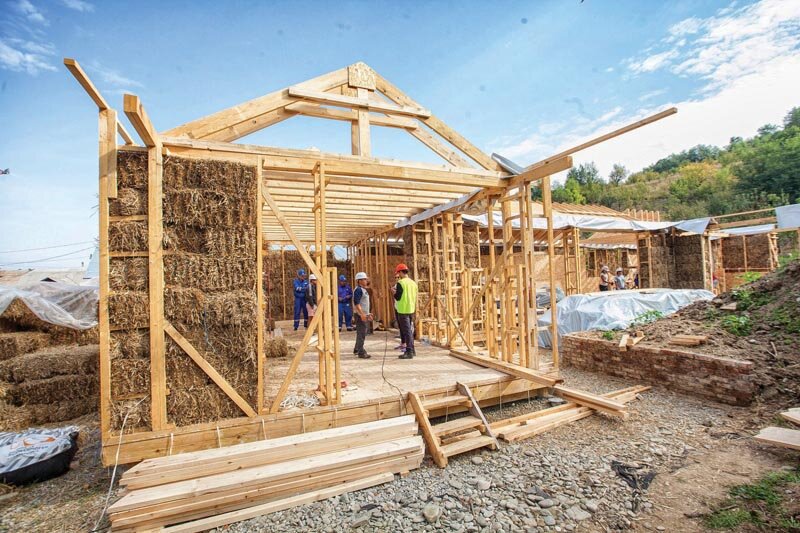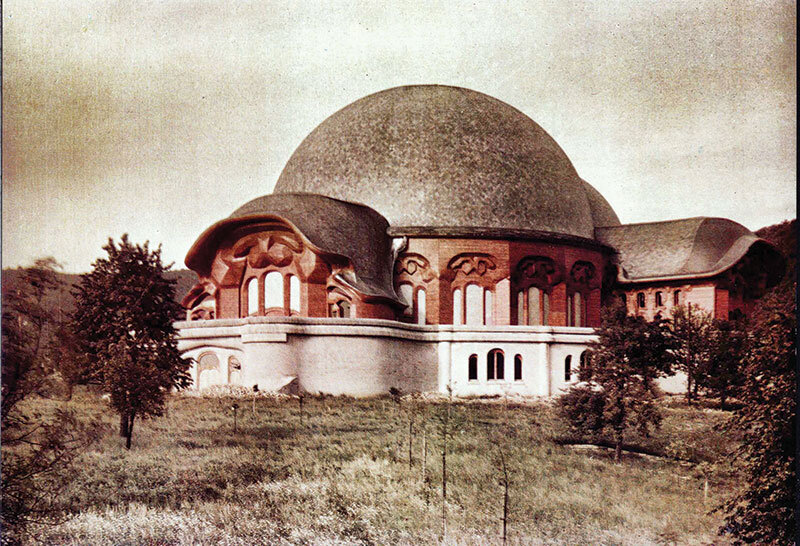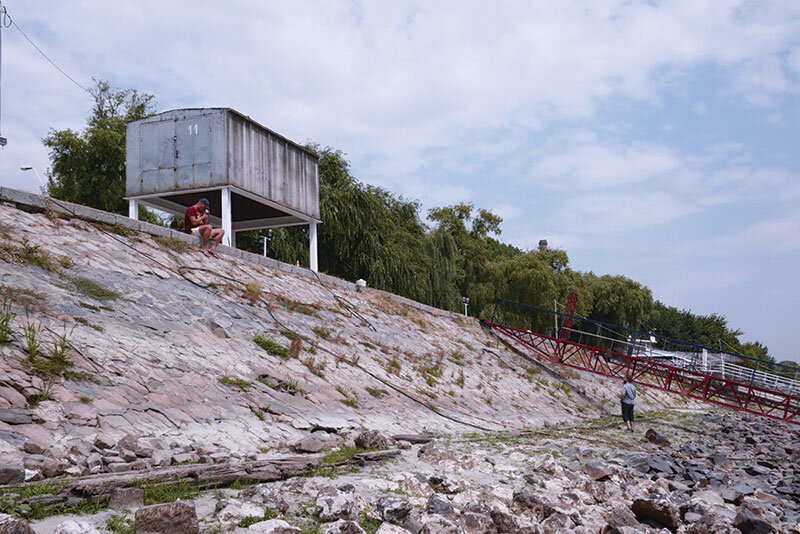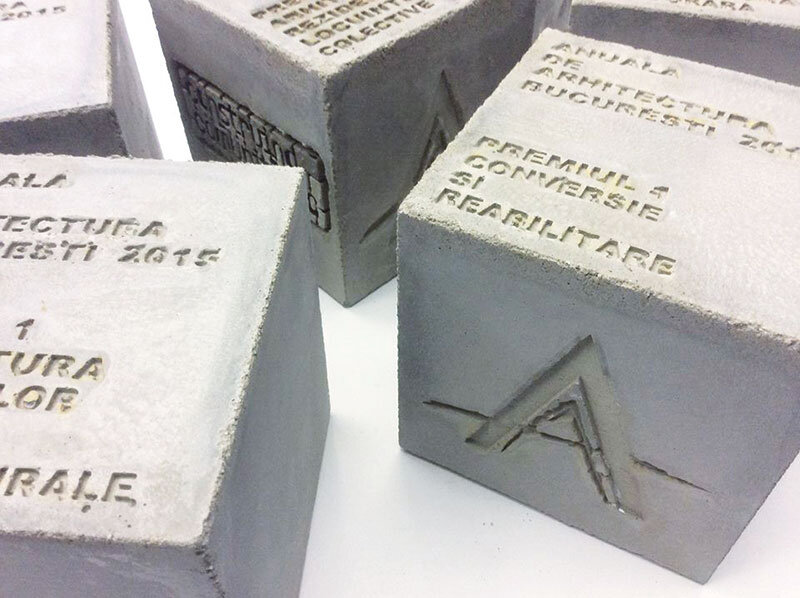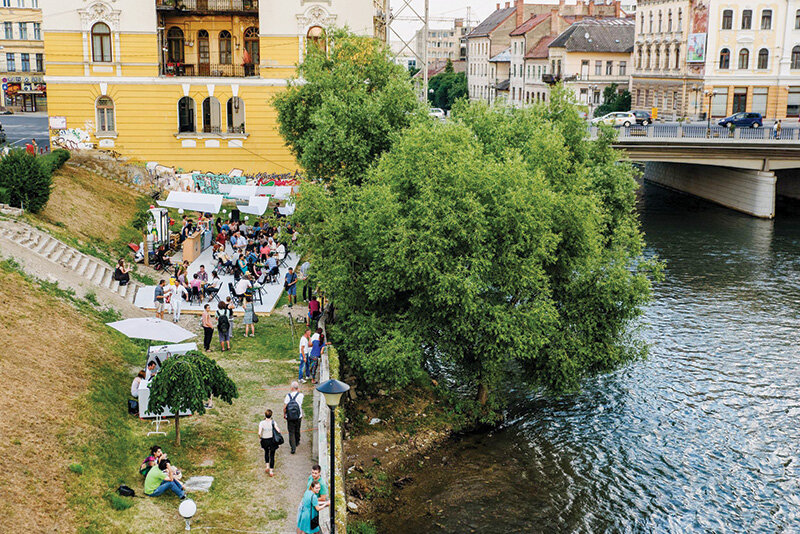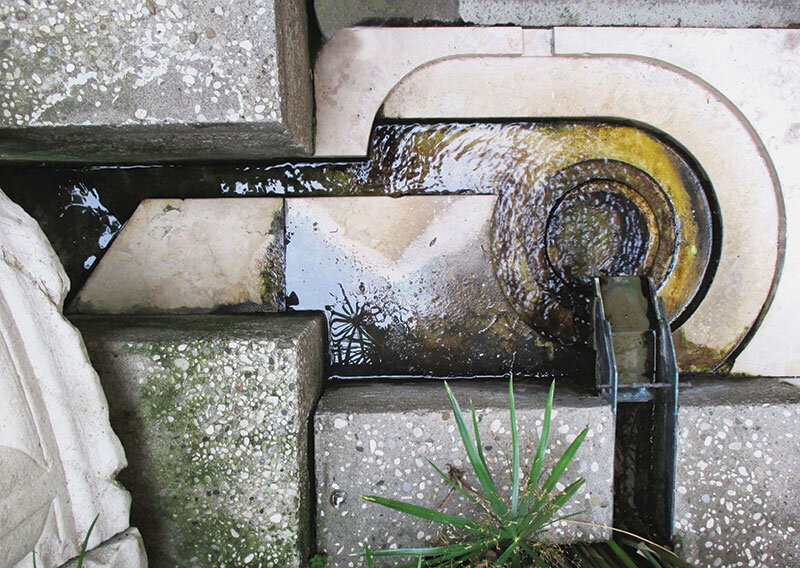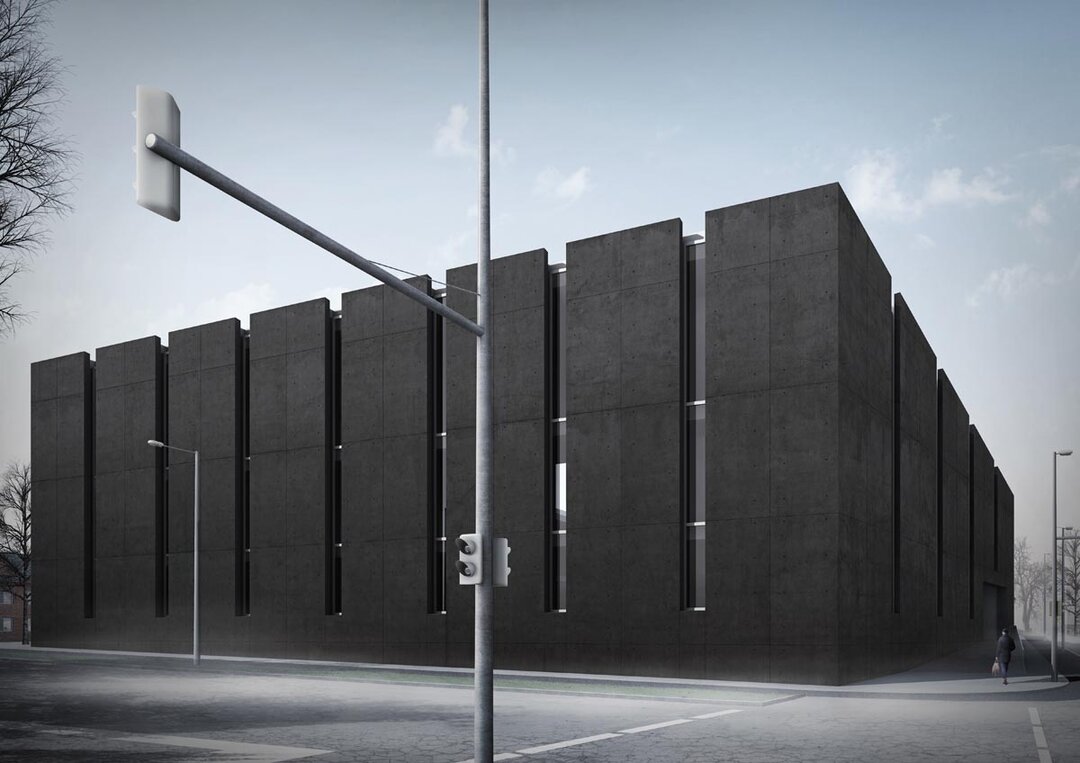
Architecture matters. Pleading for a heavily meaningful architecture

More than other arts, architecture hardly allows itself to be completely reinvented. The duration of styles here exceeds that of any other artistic field. The paradigm shift has taken place in recent decades, when architecture has also for the first time in the history of the arts generated two styles - postmodernism and deconstructivism - but it has had the secondary effect of moving architecture into another ontic register, where durability and hence stability are no longer immanent to it, as they were at least from Vitruvius to Venturi.
This is vertical. Horizontally, we can see that architecture is a vocabulary of "choremas", unchanged for millennia, in which the "syntax" is reduced to a few supposedly predictable procedures: collage and permutation (within limits imposed by the need to signal the transmission of efforts between heaven and earth), anamorphosis (from the classical order to the colossal and the unfolded Ionic capitals of postmodernism) and monumentality (again, within the limits of the "absolute measure" postulated by Michelis, the uncited by the perpetrators of the House of the Republic, or the axioms on "Bigness" of Rem Koolhaas, the man of Delirious New York).
Tectonics
Tectonics is the science of the construction of otherwise disparate things into a whole, so that they reflect the correct, harmonious distribution of forces and tensions on the earth. The Arche-tekton is the old man, the head of the team, the only one who knows from the start what the building will look like, the as yet unfinished edifice: Hiram. Until postmodernism, architecture was much more conservative, more backward in terms of the historical time of generating and consummating change than the other arts. Postmodernism is the only artistic movement that was born out of architecture, so in the case of the postmodern movement, change, innovation and a break with tradition begins precisely in architecture. There is already enough literature on this subject; I would mention here only Kenneth Frampton's introduction to his book Studies in TectonicCulture1 and Demetri Porphyrios' text "From Techne to Tectonics"2.
The Greek word from which tectonics is claimed is tekton (vb. tektainomai): carpenter or, by extension, craftsman who works a hard material, with the - significant - exception of metal: the metallurgist, the blacksmith cannot be a tekton, they first subject the hardness to fire, almost liquefying it, and only then work the material. The builder, however, is recovered under the umbrella of the carpenter: the Greek word describing the craft of bricklaying seems in turn to have its origins in the Sanskrit taksan (bard, axe, axe), which refers to carpentry and the use of the axe. Architekton was therefore the master builder, the most venerable or wise(arché) of them all. Working with etymology has in recent decades given rise to a direction in architecture which Frampton places under the heading of a 1982 definition of tectonics by A. H. Borbein: "Tectonics becomes the art of joints"3. This art of bringing together, of articulating subassemblies - with their own functional autonomy and formal identity - into a whole is therefore a "federation" of objects that agree to work together. Tectonics is therefore the opposite of that 'autocracy' of building which involves the sedimentation of successive layers of matter where there are no intermediate levels of aggregation between the deposited unit (brick, brick, block of stone) and the whole. The unloading effort in the earth is a collaborative one, which stresses the node and the joint, the articulations, therefore more than the mass, the field of matter, as in the second example.
Tectonics at its best is architecture itself.
Read the full text in issue 3 / 2015 of Arhitectura Magazine
NOTES:
1 Frampton, Kenneth. Studies in Tectonic Culture: the Poetics of Construction in Nineteenth and Twentieth Century Architecture, John Cava (ed.), Chicago, Illinois: Graham Foundation for Advanced Studies in the Fine Arts and Cambridge, Massachusetts, London, England: The MIT Press, 1995.
2 Porphyrios, Demetri. "From Techne to Tectonics", in What is Architecture?, Andrew Ballantyne (ed.), London, New York: Routledge, 2002, pp. 129-137.
3 Frampton, Kenneth. op. cit., p. 5.

